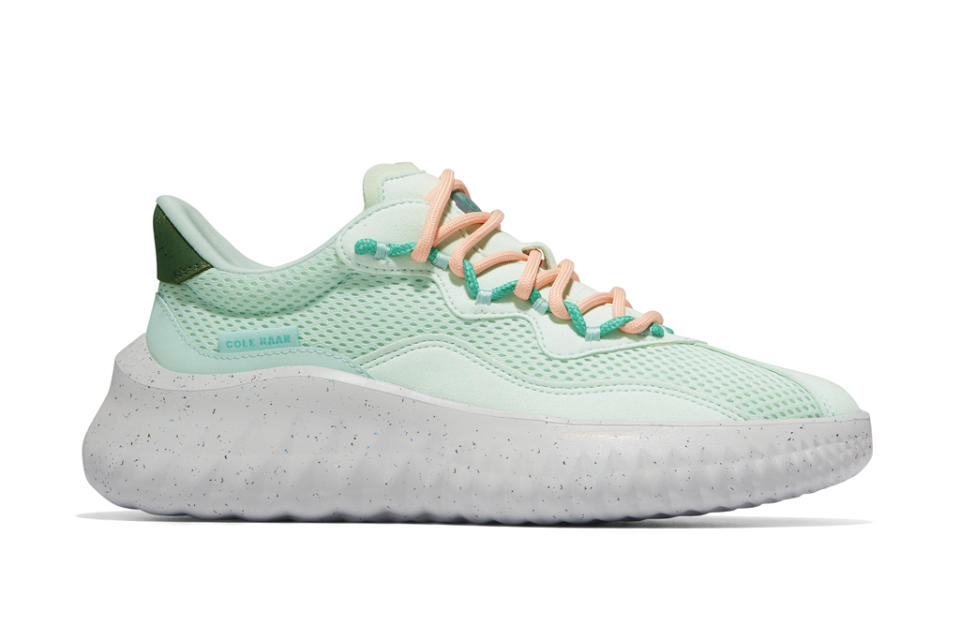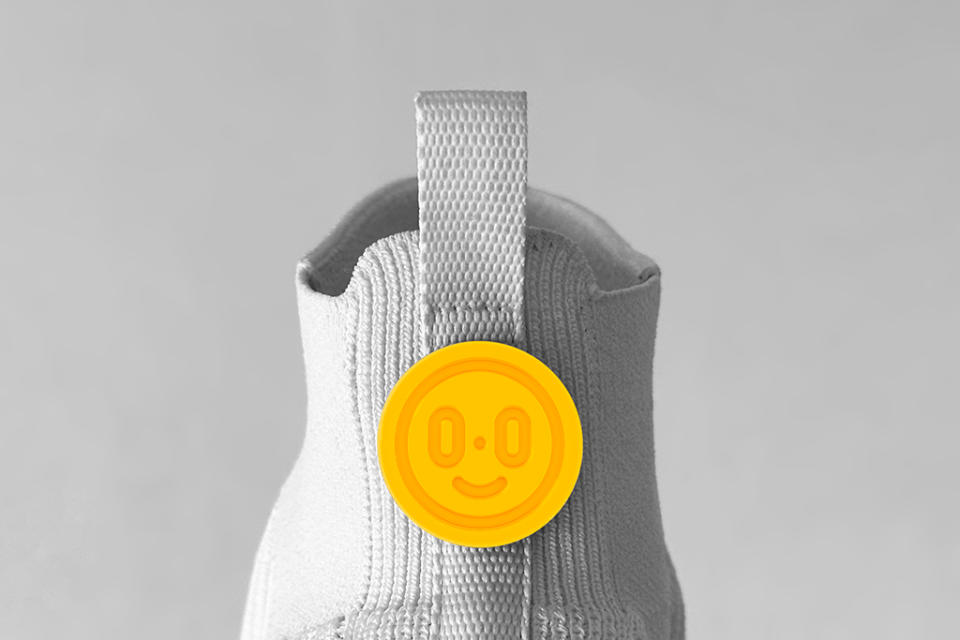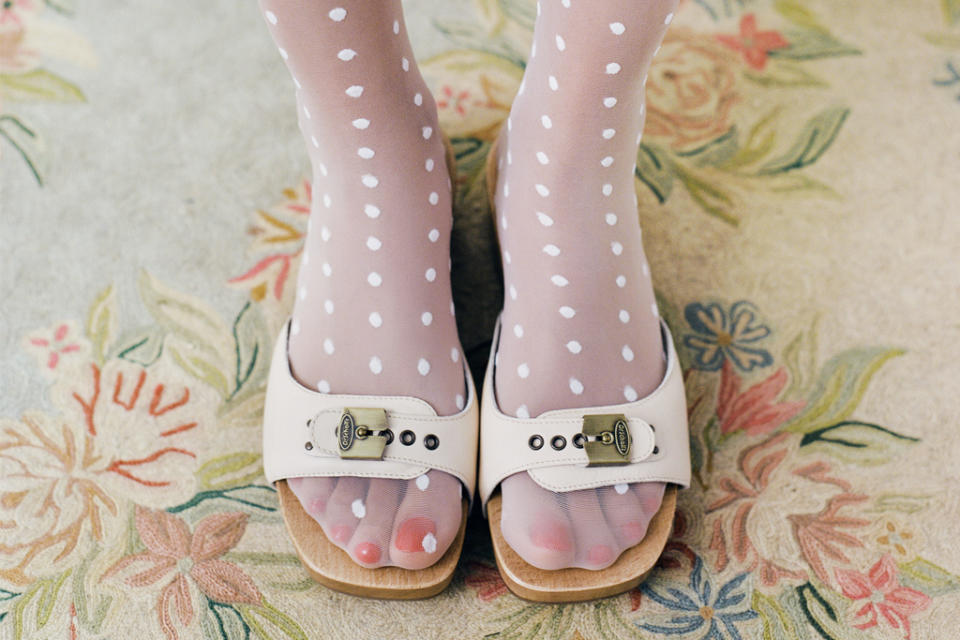What’s the Definition of a Sustainable Shoe? The Industry Can’t Seem to Agree

What exactly qualifies as a “sustainable” shoe? If you find yourself stumped by that question, you’re not alone.
Amid the heightened awareness and interest in eco-friendly fashion — particularly among Gen Z and millennial consumers — companies are increasingly marketing their products as sustainable, basing their claims on an array of ingredients and processes.
More from Footwear News
Allbirds Makes Further Strides in Sustainable Footwear by Creating a Net Zero Carbon Shoe
Naturalizer and Pnina Tornai Debut First Bridal Shoe Collection & Preview Second Fall Line
Caleres Reports Strong Finish to 2022 as Famous Footwear Sales Benefit From 'Key Athletic Brands'
Some tout their materials, which might be organic, recycled or bio-based (originating from plants rather than petroleum). Their shoes might be vegan or made with fair labor. They might support regenerative farming, fund tree plantings or have a takeback program.
The qualifications for using the term “sustainable” is still quite vague, which creates confusion at the consumer level and for those in the industry making and selling these products.
And while there is existing and proposed legislation aimed at clarifying product labeling and marketing, the footwear industry currently has no set standard. (Though any “green claims” withstanding will have to scientifically prove themselves, per the European Union’s directive proposed in March.)
“This reminds me a lot of shoe sizes, like every brand’s shoes don’t fit the same way,” said Andy Polk, SVP of the Footwear Distributors and Retailers of America. “For consumers, it’s just another frustration, trying to figure out the comfort, fit, feel and now sustainability.”
In 2021, the FDRA created a shoe sustainability guide about environmentally preferred materials (EPMs) — to provide industry leaders with benchmarks and goals to aid in their efforts to reduce their companies’ environmental impacts.
The trade association worked with sourcing and sustainability experts at companies including Caleres, Allbirds, Nike and Material Exchange to develop the guide.
“The goal was to create standards that we can all follow to grow as an industry with certifications we trust,” said Dan Friedman, chief sourcing officer at Caleres.
FDRA’s guide offers minimum and advanced “Green North Star” targets for footwear components, including leather, man-made fibers, foam, natural wool, natural rubber and bio materials. Polk said it has already helped many companies increase their usage of EPMs in manufacturing and to align their teams around stated thresholds or standards.

Adobe
But following those guidelines is not required. Also, it doesn’t necessarily solve brands’ problem of how to clearly communicate their sustainable stance to consumers. And getting that part wrong has serious ramifications.
Last year, for instance, both Walmart and Kohl’s were respectively fined $2.5 million and $3 million in civil penalties by the Federal Trade Commission, following allegations that they “falsely marketed dozens of rayon textile products as bamboo.”
Meanwhile, H&M was hit with multiple lawsuits last year accusing the fast fashion company of “greenwashing” the sustainability aspects of its apparel. The retailer had based its claims on calculations from the Higg Materials Sustainability Index, which has since been highly criticized and dropped by many fashion organizations, including H&M.
Beyond legal action, Polk said there are other risks for companies caught overstating their green features, including receiving bad press and losing brand loyalty, which could impact retail and financial partnerships.
So what’s a well-meaning, eco-minded footwear company to do?
For now, they are charting their own paths, developing guidelines based on a range of metrics meant to make clear for internal teams — and consumers — where a product stands in terms of its environmental attributes.
One approach that is widely utilized by shoemakers is to use weight as a central measurement.
Cole Haan, for instance has set a threshold that any Cole Haan product labeled “sustainable” must contain — at minimum — 25% naturally derived or recycled content by weight.
The designation is part of the brand’s sustainable mission, dubbed Change Forward, which has a goal to “better itself and the world around it” by replacing many of its shoe components with eco-friendly materials to reduce waste in the supply chain.
David Maddocks, brand president of Cole Haan, noted that some products in its collection will exceed that percentage, but the 25% marker gives customers a base of understanding. “There’s a lot of confusion around sustainability, which is why we landed on a very simple, communicable threshold that people can rely on,” he said.
The brand kickstarted its Change Forward program in February 2022 with the Generation Zerøgrand II, featuring an outsole made with its patented Flower Foam (consisting of 25% dandelion rubber). In the year since, it has incorporated Flower Foam into several existing silhouettes and launching new styles, including a running sneaker, a golf shoe and the Generation Zerøgrand II SQL, which debuts this month.

Courtesy of Cole Haan
Experts note that using weight to communicate environmental bonafides has its advantages, in that it is straightforward and easier to adopt. But it also has shortcomings.
Stuart Jenkins, CEO and founder of Blumaka, a company that specializes in recycling foam waste into new insoles and midsoles, said, “If you’re measuring the weight of recycled foam as your recycled content, why is using recycled heavy foam better for the planet than light foam?”
Another, somewhat more-complex way to measure is based on carbon footprint — a system used by brands like Allbirds.
Last month, as the brand revealed its first net zero carbon shoe, co-founder and co-CEO Tim Brown explained that Allbirds uses carbon emissions as its key measurement because it believes that concept is universally understood.
“We label every product with kilograms of carbon that are emitted in production in the same way that calories are on food,” Brown said. “Calories don’t represent everything about a healthy diet, nor does carbon [with sustainability], but it’s the one thing that connects me to you, New Zealand to America, the footwear industry to the transport industry, and allows us to compare apples to apples. We believe it’s the future of how we’ll measure impact and inform consumers to make better decisions.”

Courtesy of Allbirds
Since 2020, the brand has utilized its own life cycle assessment (LCA) tool to calculate the carbon footprint of its products and posted that information for consumers. And in the spirit of collaboration, Allbirds made the worksheet open-source and available to other brands in footwear and fashion.
Andrew Hudson, a managing director of Eurofins BLC Leather Technology Centre, noted that doing an indepth LCA on a product can take months and cost tens of thousands of dollars. So his team has created an online program due to launch at the end of April that assesses the environmental impact of a shoe — or entire footwear collection — within minutes. The software was created in partnership with PRé, the Netherlands-based company behind the LCA program SimaPro, and it is based on the Product Environmental Footprint (PEF) category rules established by the EU.
Hudson said this LCA software is built specifically for footwear and includes templates for a variety of shoe types. It can also help fill in gaps in information and provide estimates based on established data. But he views it only as a tool for designers to quickly see where they can make improvements in their designs, manufacturing and logistics.
“We’ve seen international brands that have been accused of greenwashing. And often that’s because they used too much secondary data,” he said. “For our tool, we’re very explicit that it should not be used for any environmental claims, for the simple reason that, you need to have at least 80% or more primary data.”
Caleres has taken big steps to gain full transparency into its environmental impact. Along with following the EPM thresholds established by FDRA, the St. Louis-based company — which is parent to Allen Edmonds, Naturalizer, Sam Edelman, Dr. Scholl’s and other brands — developed its own LCA, called the Sustainable Footwear Index.
“We believe it takes more than just environmentally preferred materials to make a shoe sustainable, so other factors are taken into consideration like the reduction of samples, using manufacturing facilities that participate in programs like the FDRA waste reduction program and recycled packaging,” said Friedman.

Courtesy of brands
He explained that points are awarded in each category based on the cost and feasibility of implementation and supply chains. “The shoe is given a percentage for sustainability on the points it received, divided by the points it’s eligible to receive. To be considered a sustainable shoe at Caleres, shoes must rate a 51% or above on this index,” Friedman said.
The chief sourcing officer noted that Caleres developed this system because there was no method in the industry that addressed the complexity of shoes. “We want to be able to speak the same language internally and externally about the sustainability of our shoes and what makes them eco-conscious,” he said.
Caleres has said that by 2025, it aims for 100% of its shoes to contain at least one EPM. (As of 2022, it was at 75%.) It also is addressing waste among its factory partners and reducing emissions from its owned stores and distribution centers.
“Hopefully in the coming years all products will become more sustainable,” said Friedman. “And some of these things that are new technology or pilot projects will become commonplace.”
Best of Footwear News
Sign up for FN's Newsletter. For the latest news, follow us on Facebook, Twitter, and Instagram.

